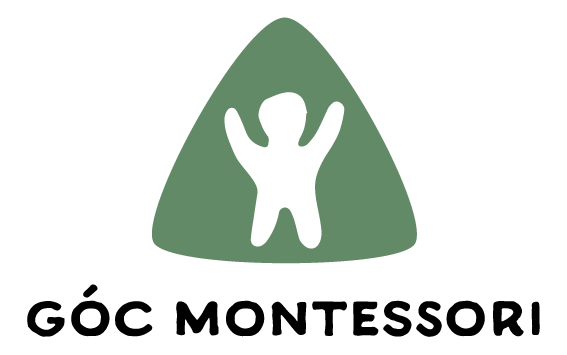
THE FIVE KEY LEARNING AREAS OF MONTESSORI
- Author: Góc Montessori lúc
- Blog - Our advice, tips & Experiences
- - 0 Bình luận
In Montessori, learning is organized into five key areas: practical life, sensorial, mathematics, language, and culture. Let’s take a look at what each of these means and some common materials used in each of the five Montessori learning areas.

Practical Life
This is perhaps the most useful and cost-friendly Montessori learning area to practice at home as you probably already have everything you need. Practical life teaches your child how to interact with their environment and is generally broken down into four areas:
Self-care - such as washing hands, brushing teeth, preparing food, and getting dressed
Care for the environment - such as cleaning, caring for plants, and taking care of pets
Grace and courtesy - meaning learning manners and other social interactions, can include skills such as blowing your nose and table manners
Control of movements - children learn to walk quietly and move with intention and care while being aware of their surroundings
Practical life lessons teach your child independence, coordination, concentration, self-control, self-awareness, and confidence. As they are typically daily life skills, these are excellent learning goals to focus on for Montessori at home.

Sensorial
The sensorial Montessori learning area involves specifically designed materials that you would see in a Montessori classroom. These materials aid your child in developing their ability to understand and adapt to their environment by refining each of their senses: sight (visual), sound (auditory), touch (tactile), smell (olfactory), taste (gustatory), and stereognostic (kinesthetic). Some materials are the pink tower, the brown stairs, color boxes, and knobbed cylinders.

Mathematics
With its beginnings in the sensorial learning area, mathematics focuses on bringing order to your child’s experiences. Math lessons use specific hands-on materials that build on each other - starting with the number rods, children learn numbers to ten. Some mathematics materials include number rods, spindle box, beads, and number tiles.

Language
Language is not an isolated topic but instead overlaps into all Montessori learning areas by building vocabulary, listening skills, and comprehension. New vocabulary is taught as a three-period lesson. Montessori believes in building a strong vocabulary as a base for future lessons on reading and writing. The materials include sandpaper letters and the moveable alphabet, you may also be familiar with the three-part cards that are common in many areas of the Montessori classroom.

Culture
The cultural Montessori learning area helps children to discover and explore the world around them and understand their place in it. It includes materials and lessons for geography, botany, zoology, science, history, arts, and music. Perhaps you are familiar with some of these knobbed puzzle materials of animals, plants, or maps.

While some people may choose to organize their Montessori shelf according to learning areas as is done in the classroom, it is important to remember that at home we do not aim to replicate a Montessori classroom. Instead, as you choose what to place on the shelf, think first about following the child. Think about what your child is interested in and what skills they have been displaying a need to practice - whether it be a mix of all five Montessori learning areas or only a mix of practical life and mathematics. When implementing Montessori at home, we aim to follow the child and create a learning space that is as individualized and unique as our child. We at Goc Montessori hope you found this article informative and useful as you create your child’s home learning space.
Written by
Góc Montessori









Viết bình luận
Bình luận